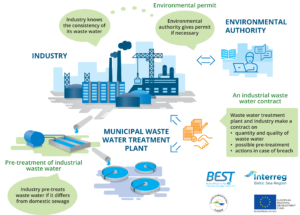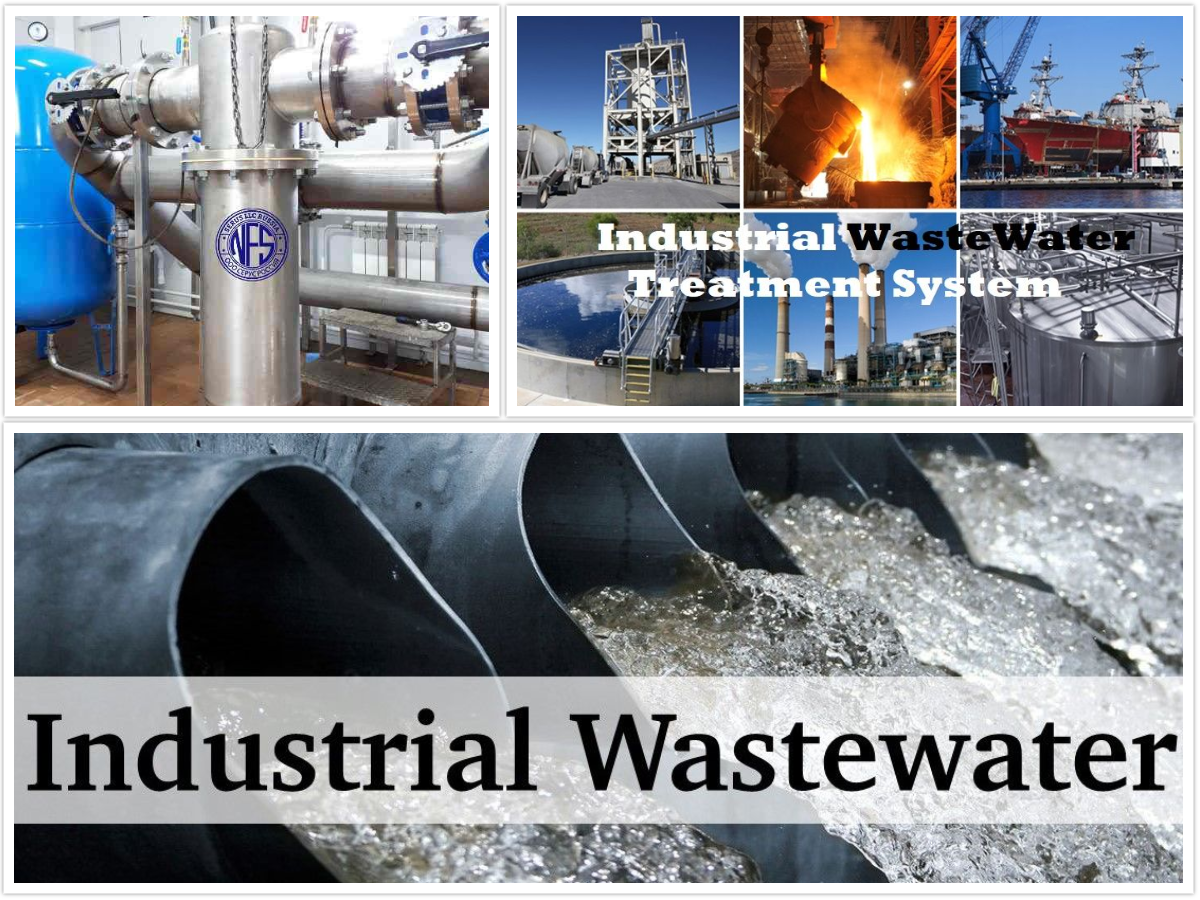Industrial Waste Water Treatment-- Reliable Waste Monitoring for Factories
Wiki Article
Innovations and Advances in Hazardous Waste Water Treatment Technologies
The landscape of commercial wastewater therapy is going through a transformative change, driven by developments that improve both efficiency and sustainability. As governing criteria advance, the combination of AI and equipment learning into wastewater administration systems guarantees to make sure and streamline procedures compliance.Summary of Waste Water Therapy Technologies
Wastewater treatment modern technologies encompass a variety of methods designed to eliminate pollutants from commercial effluents before their launch into the setting. These modern technologies are crucial for keeping eco-friendly equilibrium and guaranteeing conformity with environmental regulations. The main groups of wastewater therapy include physical, chemical, and organic techniques, each serving unique objectives based upon the nature of the pollutants existing.

Biological treatment methods utilize microorganisms to degrade organic issue, making them particularly efficient for organic-rich effluents. Techniques like activated sludge and biofilm activators harness the natural deterioration abilities of bacteria, causing considerable reductions in biochemical oxygen demand (BODY)
Advanced Filtration Techniques
Advanced filtration strategies stand for a vital evolution in the world of industrial wastewater treatment, improving the efficiency of contaminant removal processes. Industrial Waste Water Treatment. These methods encompass a variety of modern technologies, including microfiltration, ultrafiltration, nanofiltration, and reverse osmosis, which provide sequential obstacles for various bit dimensions and chemical structuresMicrofiltration and ultrafiltration use membrane systems to eliminate put on hold solids, germs, and bigger natural molecules, enhancing the quality of effluent prior to further therapy. Nanofiltration links the gap in between ultrafiltration and reverse osmosis, effectively removing divalent ions and organic compounds, hence decreasing the lots on downstream processes.
Reverse osmosis offers the greatest level of filtration by enabling only water and tiny particles to pass through its semi-permeable membranes, making it suitable for reclaiming top notch water from industrial effluents. Current advancements in membrane layer technology, including the development of even more sturdy and fouling-resistant materials, have actually considerably enhanced operational performance and lowered prices.
Integrating these advanced purification strategies not just improves the total treatment procedure however also adds to sustainability initiatives by allowing water reuse and source recuperation in commercial setups. (Industrial Waste Water Treatment)
Organic Treatment Advancements

Moreover, the development of crafted organic systems, such as membrane layer bioreactors (MBRs), combines biological treatment with advanced membrane purification. This assimilation enables for higher like it effluent top quality and decreased impact, making it appropriate for space-constrained commercial centers. Developments in genetically crafted microbes have actually additionally arised, enhancing the biodegradation of certain impurities, such as pharmaceuticals and heavy steels, that are traditionally challenging to remove.
In addition, the implementation of bioaugmentation strategies, where useful microbes are introduced to enhance the existing biological treatment processes, has actually revealed encouraging results in boosting treatment efficiency. These advancements collectively signify a pattern towards even more effective and lasting organic treatment techniques that can adjust to the progressing complexities of commercial wastewater streams. As industries proceed to prioritize environmental compliance, these organic innovations will play an essential function in wastewater management.

Source Recuperation Techniques
In commercial settings, the assimilation of resource healing methods has come to be significantly essential for improving sustainability and decreasing waste. These methods concentrate on removing beneficial products and power from wastewater streams, consequently transforming prospective contaminants right into reusable sources.One noticeable approach is vitamins and mineral healing, where nitrogen and phosphorus, often present over in wastewater, are captured and exchanged fertilizers. This not just minimizes environmental effects however additionally provides a circular economy option for farming applications. In addition, modern technologies such as anaerobic digestion enable for the conversion of natural waste right into biogas, a renewable resource source that can balance out fossil fuel usage in industrial procedures.
Moreover, progressed filtration and membrane layer innovations promote the healing of industrial by-products such as metals and salts. These recouped materials can be reintegrated right into manufacturing procedures, decreasing the requirement for virgin resources.
Future Trends in Waste Water Management
As sectors progressively focus on sustainability, the these details future of wastewater administration is readied to undergo considerable changes. Technical improvements, such as artificial intelligence and maker knowing, will certainly make it possible for more efficient surveillance and management of wastewater systems. These modern technologies can forecast maintenance needs, enhance treatment processes, and improve decision-making, ultimately reducing operational costs and ecological influence.Furthermore, the assimilation of circular economy principles will play a crucial function in wastewater administration. Industries are anticipated to shift towards systems that not just deal with wastewater yet likewise recover important resources, such as nutrients, water, and energy. This transition will certainly reduce waste and promote the reuse of materials, lining up with international sustainability goals.
Emerging therapy techniques, such as membrane bioreactors and progressed oxidation processes, will additionally boost the effectiveness of wastewater therapy, permitting higher quality effluents appropriate for reuse. Additionally, regulative frameworks are most likely to develop, highlighting more stringent standards for wastewater discharge and encouraging industries to embrace cutting-edge treatment services.
Final Thought
To conclude, the development of commercial wastewater treatment innovations demonstrates a considerable change towards boosted efficiency and sustainability. Technologies in sophisticated filtration techniques, biological therapies, and source recovery techniques highlight the sector's dedication to environmental stewardship. The assimilation of expert system and maker learning even more maximizes these processes, guaranteeing governing conformity and advertising a circular economy. Continued improvements in these areas will play a crucial role in shaping the future of wastewater monitoring and protecting crucial water sources.The landscape click here to find out more of industrial wastewater therapy is undertaking a transformative change, driven by technologies that improve both effectiveness and sustainability.Wastewater therapy technologies incorporate a range of approaches created to eliminate impurities from commercial effluents before their release right into the setting.Harnessing the power of biological processes has led to substantial developments in the therapy of commercial wastewater.Additionally, the execution of bioaugmentation strategies, where beneficial germs are introduced to enhance the existing biological treatment processes, has actually shown encouraging results in boosting therapy performance. These technologies collectively indicate a trend towards even more effective and lasting biological treatment methodologies that can adapt to the advancing complexities of commercial wastewater streams.
Report this wiki page